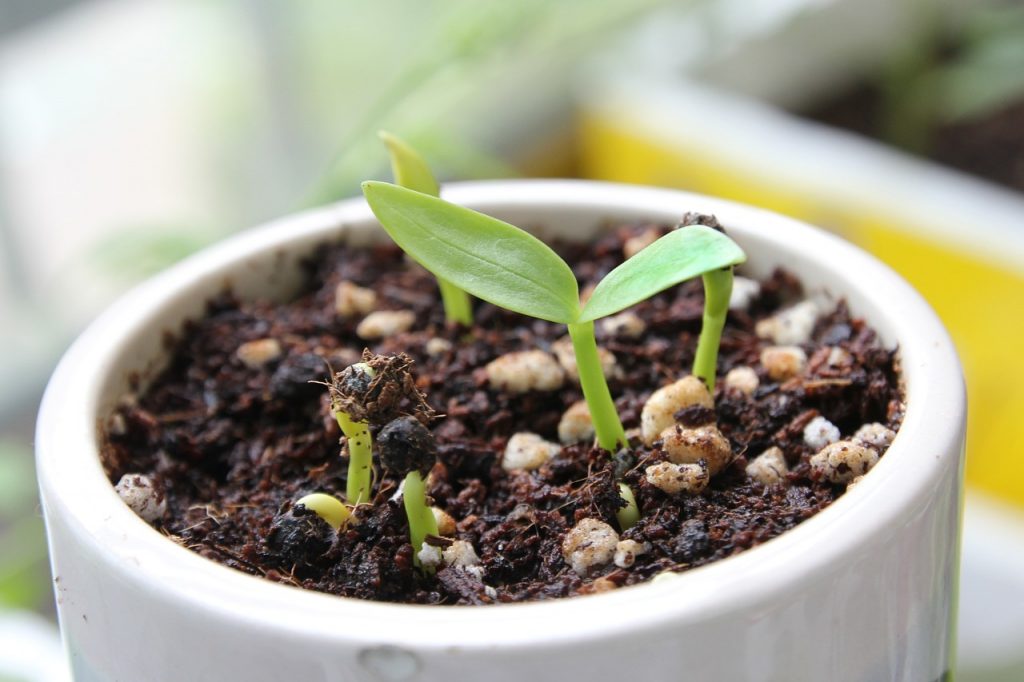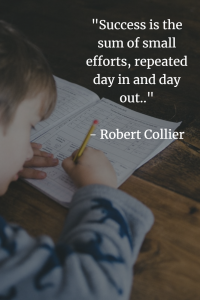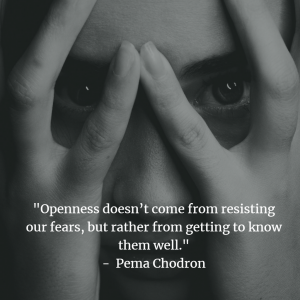Resilience

Resilience is a term that has recently gained prominence in the news, particularly in relation to the threats posed by pandemics, climate change, and other challenges. Derived from the Latin verb “resilire,” meaning to jump back or recoil, resilience can be understood through its physics definition as the ability of an elastic material like rubber to return to its original shape after the removal of initial stress, without causing permanent distortion. This definition provides a foundation for understanding resilience in psychological terms as an individual’s capacity to recover from or overcome adversity, trauma, tragedy, threats, or significant sources of stress, such as family and relationship problems, serious health issues, or workplace and financial pressures. In life, we face troubles from every direction, but we should not be overwhelmed by distress. Even in moments of confusion, we should not lose hope, and when facing persecution, we should not feel abandoned. Even if we are knocked down, we must avoid destruction. Essentially, we are called to bounce back from difficult experiences, anchored in the principles of recovery and sustainability. Resilience is a value we should instill in children, considering the twists and turns they will inevitably encounter in life. It is a response developed over time, encompassing the way we adjust our behavior and mindset to cope with challenging circumstances.
With the exception of cases involving medical or health-related challenges, parents and guardians play a crucial role in helping a child learn to walk. You assist your child in rebounding after a fall while attempting to walk until they can walk without falling. Let’s carry that same mindset and support them throughout their journey into adulthood. This will equip them to adapt to stressful life changes, to “bounce back” from tragedy, crisis, or other life-altering events, and to move forward despite any losses they may encounter. Demonstrating resilience does not imply that a person is unaffected or uncaring about the changes happening in their life. There are two aspects to be aware of regarding resilience: the resilience pathway and dissociation techniques. The resilience pathway indicates that while a child may be capable of bouncing back to normal, if the stress is prolonged or not managed properly, it could lead to permanent changes or, using physics terminology, a point of fracture or breakage. Children may also develop coping mechanisms like dissociation (mentally shutting off from present reality) as a form of refuge to enable them to persevere when life becomes challenging. However, it has been proven that dissociation is less helpful later in life.
Building resilience is a crucial factor in leading a mentally healthy and successful life, encompassing psychological, emotional, physical, and community aspects. To help children develop resilience, we need to assist them in identifying their internal locus of control. We should neither overly shield them from challenges nor allow their locus of control to be external, as this would cause them to become helpless. An internal locus of control is associated with greater resilience, where the child recognises that they have control over their own actions and can make decisive choices when faced with adversity, rather than passively responding. This requires a significant mindset shift and, like any skill, takes practice and repetition, much like building a muscle.
Assisting a child in building resilience requires time, strength, and support from those around them. Here are some key factors involved in resilience:
- Attitude: Cultivating a positive mindset is essential for building resilience. However, it is important to note that this doesn’t mean practicing toxic positivity, which disregards healthy emotional processing and acknowledgment of the situation. It’s about recognising the realities of the world while still seeking the good in life. Being optimistic and hopeful that things will improve without always expecting the worst.
- Emotions: The ability to regulate emotions entails taking ownership and control of one’s feelings, without relying on others or circumstances to do it for you. Children need to learn to take personal responsibility for their emotions and actions without internalising failure or resorting to blaming others. They should recognise that life continues despite changes, as change is a certainty. Instead of asking, “Why did this happen to me?” they can ask, “What can I do better next time?” or “What can I learn from this?” While there may be situations beyond their control, their response is within their control. For example, in the face of rainfall while going out, we cannot stop the rain, but we can control our response by using an umbrella, getting in a car, or waiting for the rain to stop. The same applies to emotions.
- Internal locus of control: Help your child recognise that their actions and responses are personal choices, regardless of what others do. Correct the assumption that we always know how things will end or what the final result will be, as this often leads to giving up instead of exercising resilience. If a situation seems out of control or doesn’t appear to be heading in the right direction, they should not prematurely conclude and write “The End” over the story. Work with your child to find the bright side in dark moments and demonstrate how taking control can bring about change. Recall past problematic situations and how your child was able to rise up from them, such as struggling to write legibly with a pencil at first.
- Purpose matters: Resilience requires motivation and purpose. Having a sense of purpose in life is strongly associated with resilience. For example, a football player will attempt to score and may fail, trip, or get bruise, but they will still get up and run after the ball because their purpose is to score and win the game.
- Relationships matter: Building connections and relationships with empathetic and understanding people provides a good support system, ensuring that one is not alone in the face of difficulties. We are created to be in relationships with each other and with God. For people of faith, resilience stems from trust in a faithful God, rather than relying solely on inner willpower or innate strength. Hope emerges from relationships, and supportive relationships have a powerful positive influence on resilience. While it may be tempting to isolate oneself during overwhelming challenges, teach your child that staying connected with supporters is refreshing and freeing, as a kind word brings healing, supports recovery and the development of resilience.
Children will encounter numerous challenges as they grow, starting from their early school years and continuing throughout their lives. Cultivating resilience will provide them with the ability to adapt well to adversity, trauma, and everyday sources of stress at school or work, such as performance or achievement. It can help children manage stress, anxiety, and uncertainty. It is important for them to be both willing to give and receive support. Teach your child that their troubles should not define them, but rather, they should grow through them. Encourage them to strive to bounce back after setbacks, disappointments, and seeming defeats, to stand firm and thrive under pressure and opposition, to recover from hurt and injury, to keep going until the end, and to adapt to changing circumstances.







